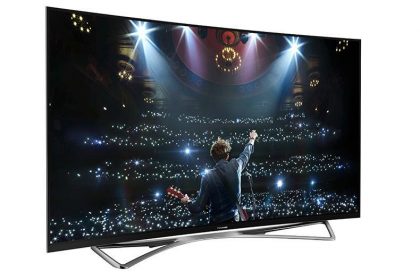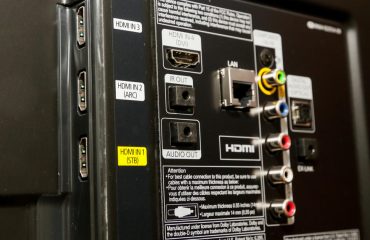Panasonic TX-65CZ952B OLED

Bluntly, the consumer display market hasn’t been the most exciting place for video enthusiasts since the discontinuation of plasma display panels (PDPs) in late 2013. Although they weren’t suitable for use in every kind of viewing environment, the last few years of that display technology’s life consisted of healthy competition between Samsung, who showed plasma increasing interest in its later years, and Panasonic, who were long its biggest proponents. The end result was affordable TVs of extremely high quality, with improvements to contrast performance and motion quality coming each year.
By contrast, LED LCD has remained mostly stagnant, with the most visible development being the introduction of curved televisions (which ironically enough, with LCD, has actually damaged the contrast performance and screen uniformity). The increased use of local dimming technology has been of some comfort, although it comes at a hefty premium. Then there’s the introduction of High Dynamic Range (HDR) content, which plays directly into LCD’s strength of producing bright images and hits luminance highs that plasma could never hope to achieve… if you have the source material encoded in the HDR format, that is. (Fortunately, OLED displays can deliver HDR pictures, too).
All eyes are on OLED to fill the gap for a truly high-quality television that can produce a convincing shade of black in a dark viewing environment (or a bright one), but except for a single Samsung product, LG has had the OLED TV marketplace entirely to itself (at least in the UK and Europe). As we would expect for a manufacturer single-handedly shepherding a new category of display to market, there have been some issues along the way – although these haven’t dampened most reviewers’ enthusiasm for their contrast performance, which as we’d expect from any OLED, has been incredible from day one.
But as we head into 2016, things are looking up. First, LG’s own OLED TVs are getting better. That’s probably attributable to the fact that LG Display is achieving better and better yields in OLED panel manufacturing, meaning that more OLED panels coming off the assembly line can be built into televisions instead of being scrapped. And that’s probably also why Panasonic has now finally been able to launch its own OLED TV: the Japanese company is of course using OLED panel modules from LG Display (there’s nobody else currently manufacturing TV-sized OLED panels at this time of writing), but is bringing its own panel driving and other video processing to the table.




